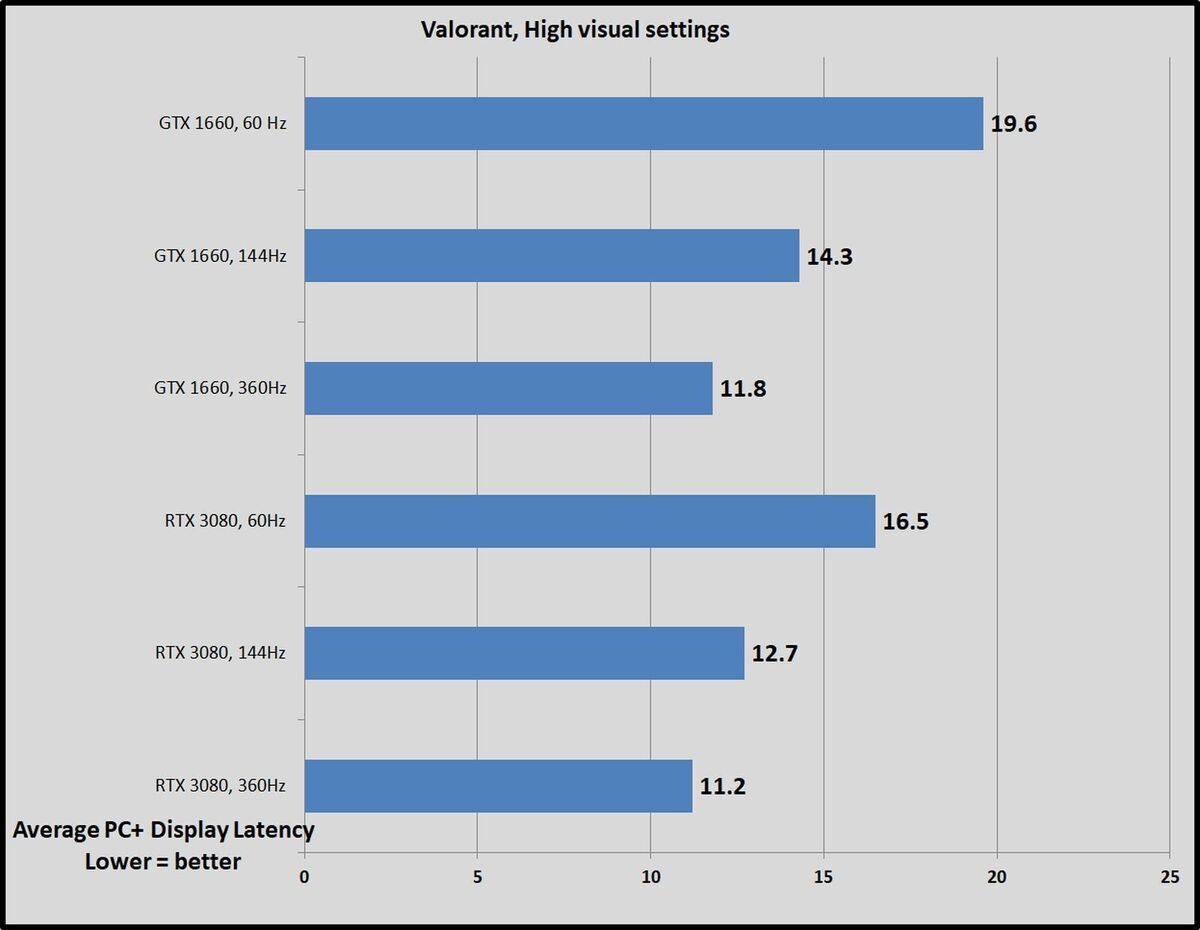
Each frame in a video game is comprised of various assets that load onto the screen. Higher frame rates resolve these issues entirely. Therefore, running at a low FPS can make the entire game seem slower.

While rare, in some games, frame rates are directly tied to the game speed. This can be extremely uncomfortable for players and can make a game seem unplayable. Low frame rates also cause stuttering, where elements seem to pause every few frames and skip around the screen during movement. Therefore, having a high frame rate can make the experience of playing a game more immersive and lifelike because your eyes are getting much more information for every second of gameplay. The most clear-cut benefit to having a higher FPS is that the experience will be much smoother. Smoother animations allow you to see more intermediary frames in the movement of an onscreen character, especially in games with a lot of action. There are many benefits to playing at a higher frame rate for both casual and hardcore gamers alike. However, with the increasing power of graphics cards and the prevalence of faster games, most people prefer an FPS of 60. The bare minimum for a playable frame rate is usually considered to be 30 FPS. A higher FPS is associated with a smoother, more responsive gaming experience, while a low FPS can make a game seem slow and choppy.

This is the number of frames that you see onscreen every second. Frame rates are normally measured in frames per second (or FPS).


 0 kommentar(er)
0 kommentar(er)
